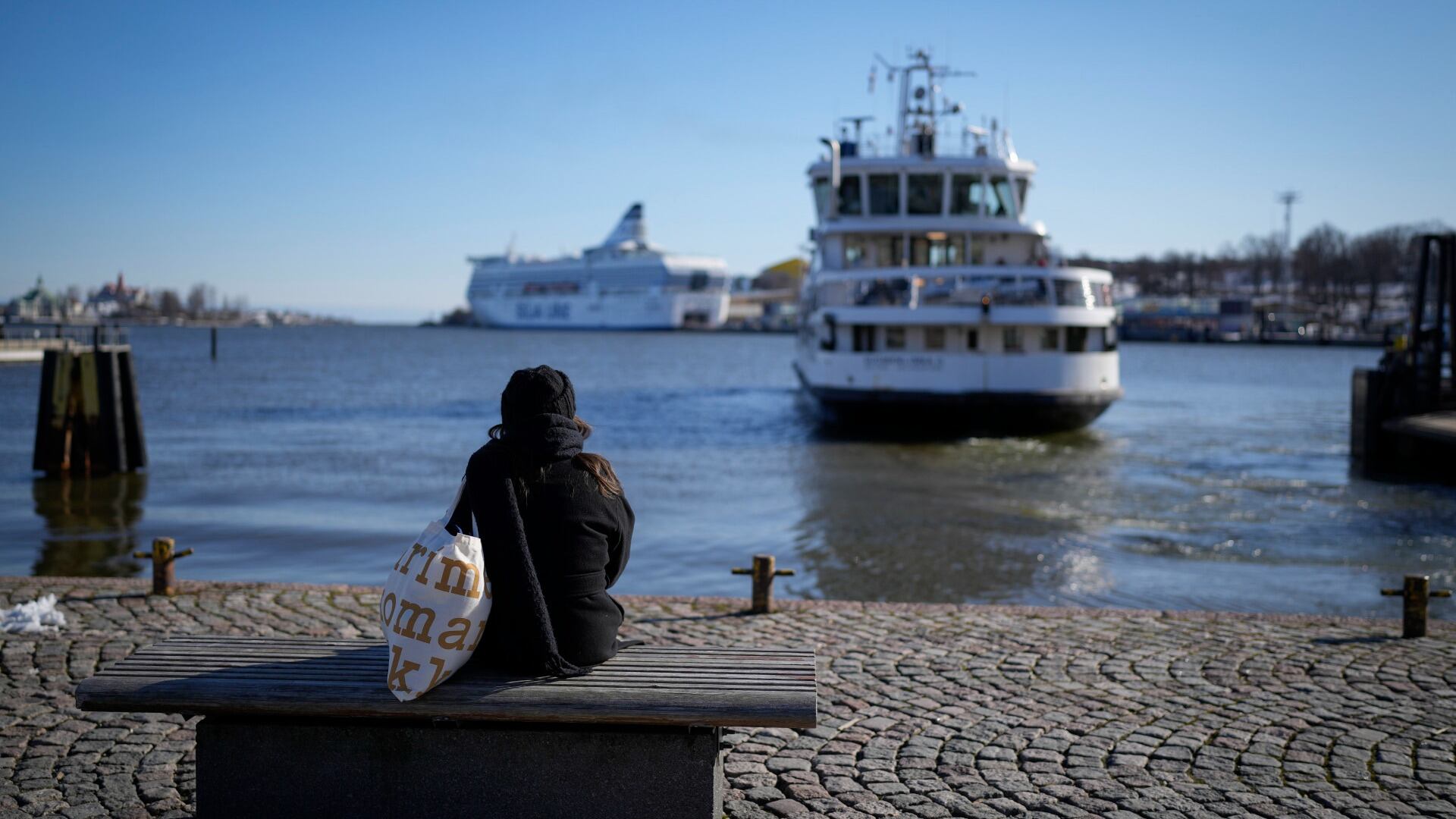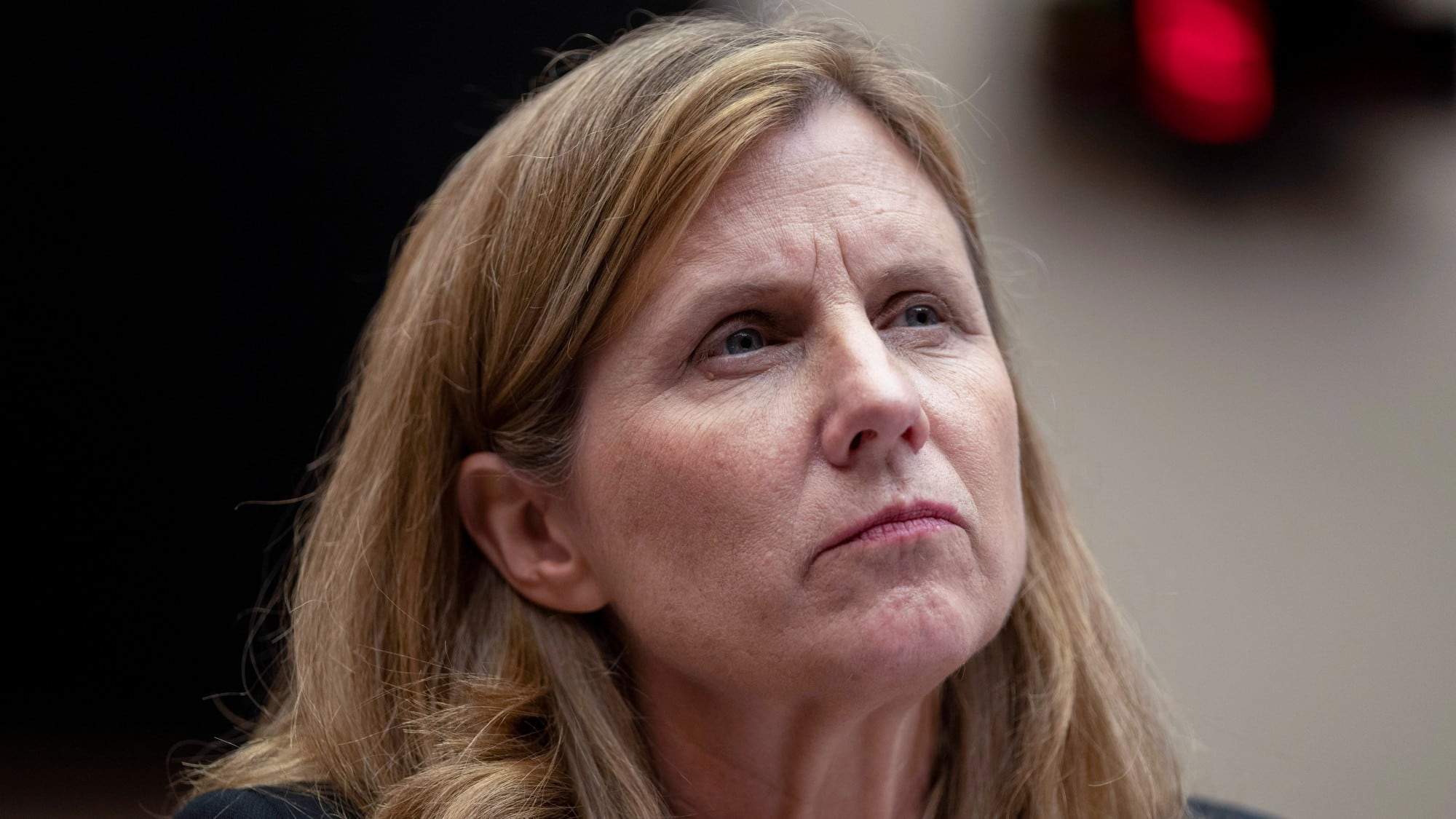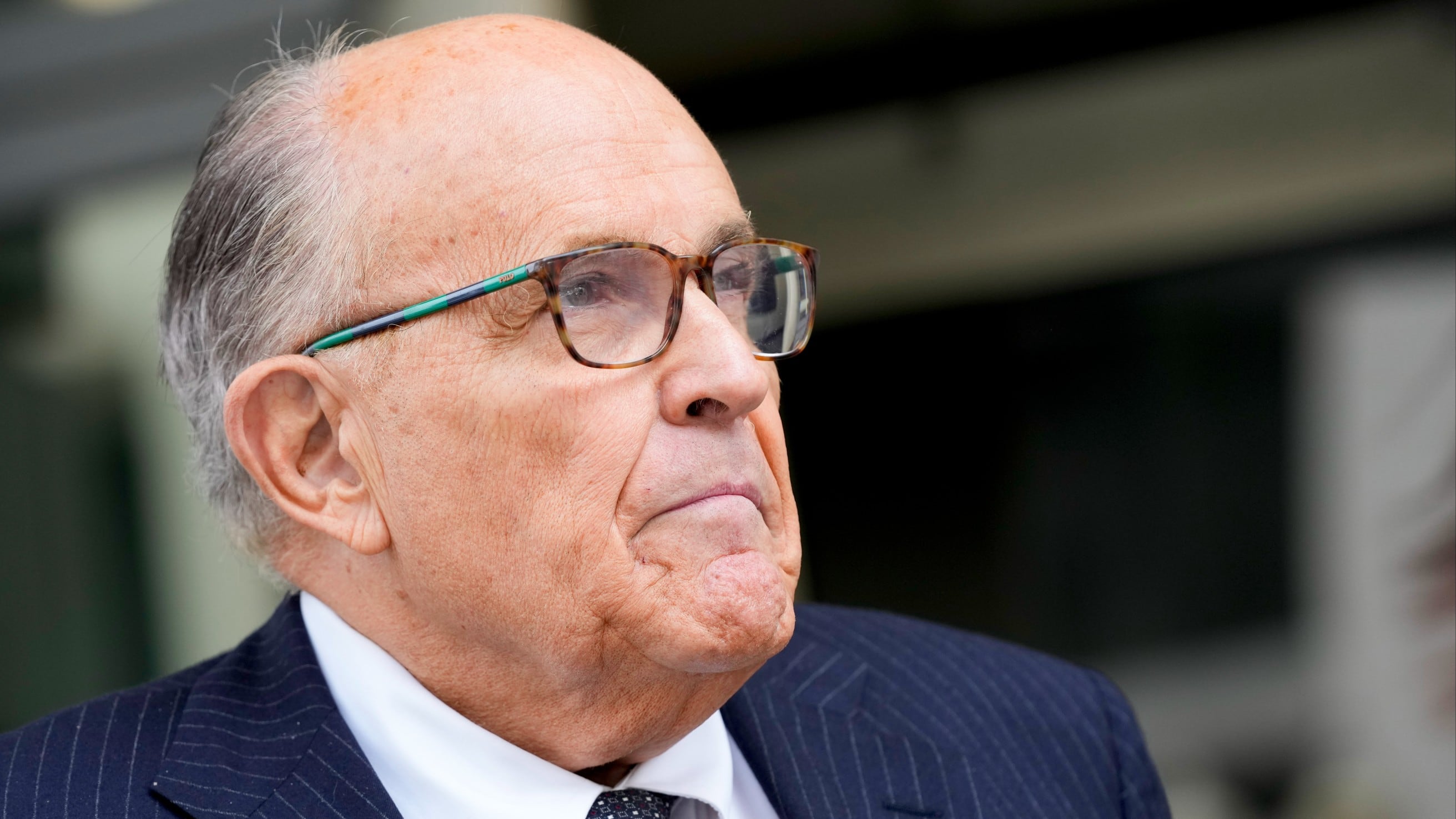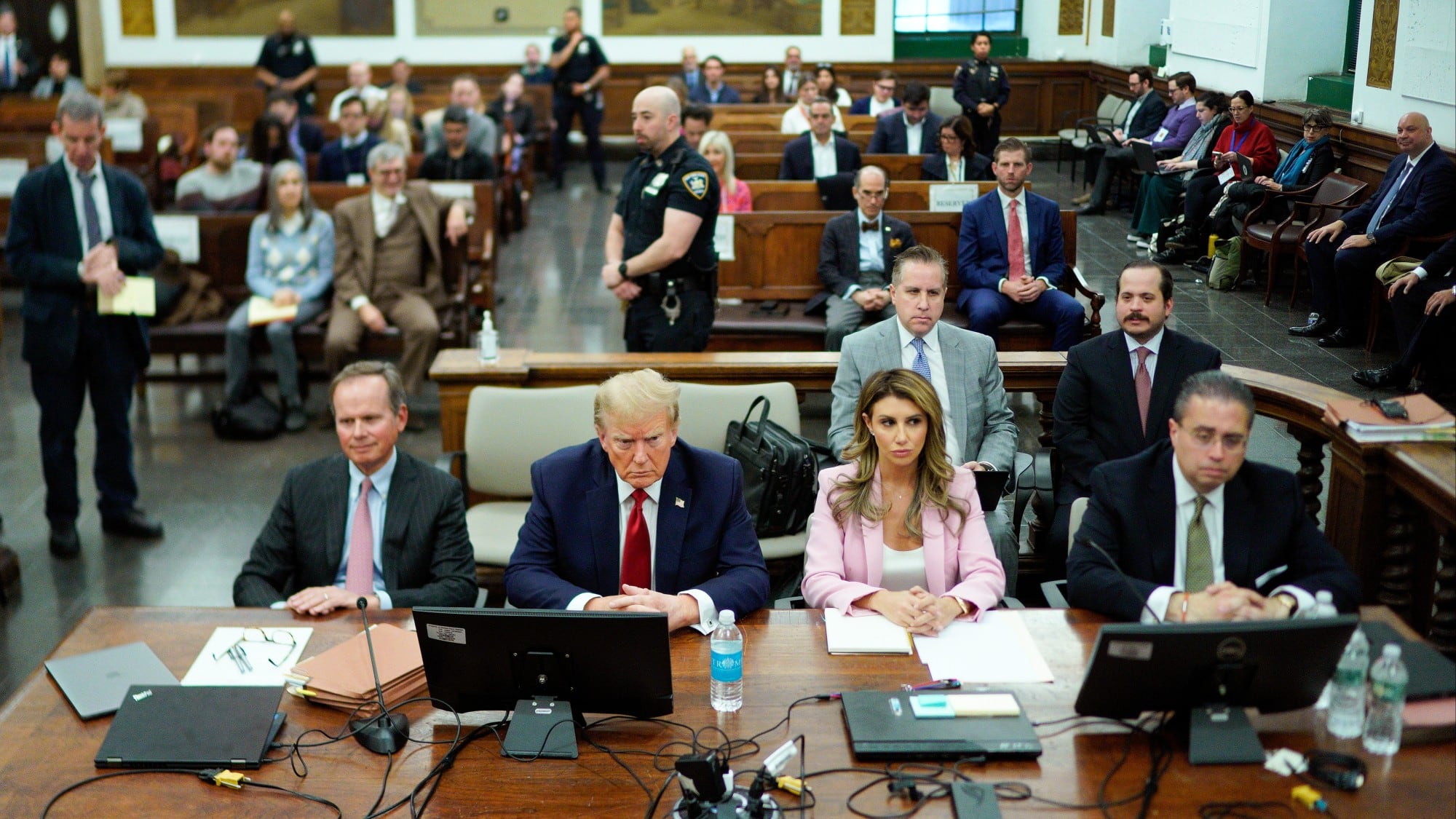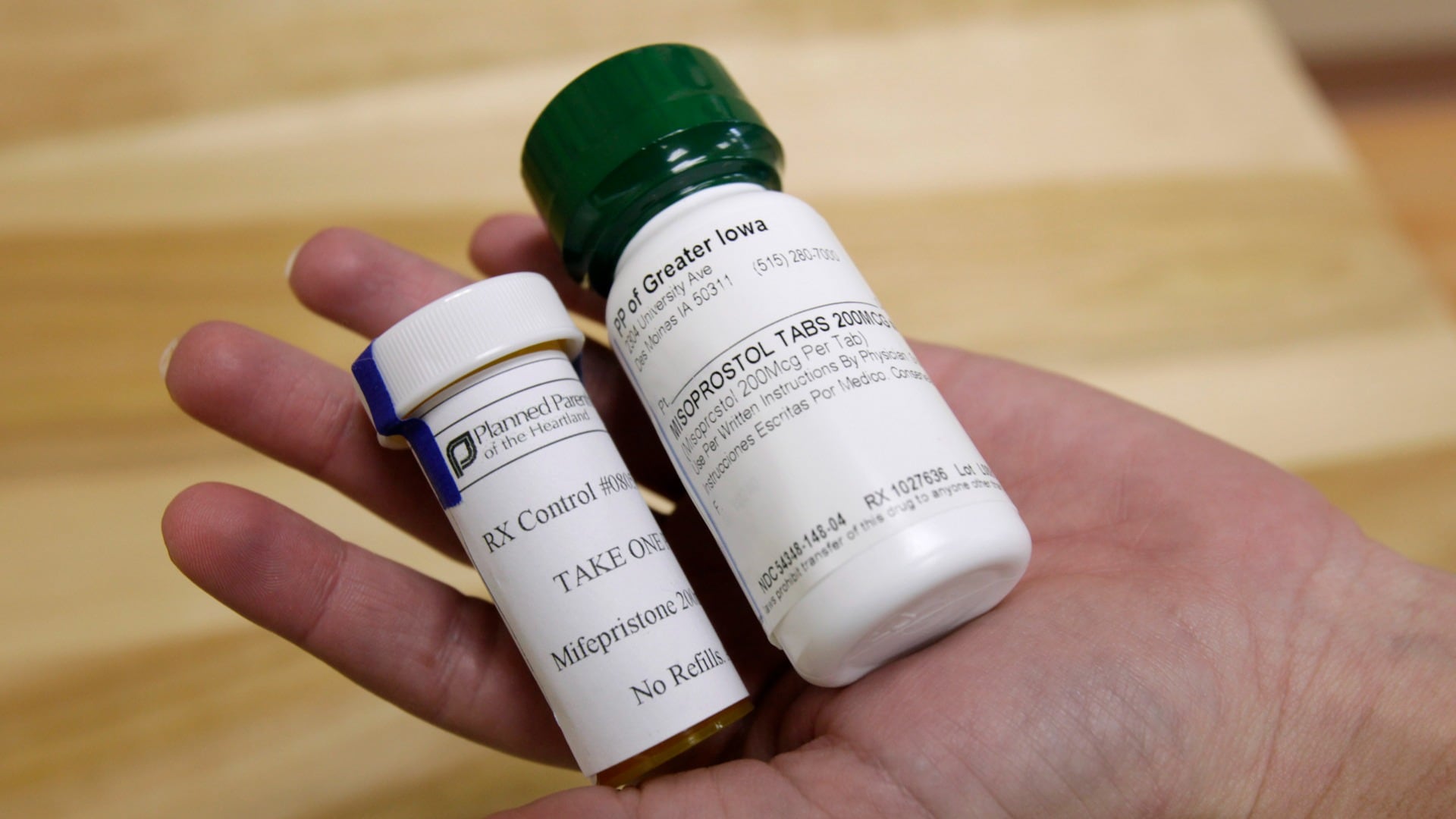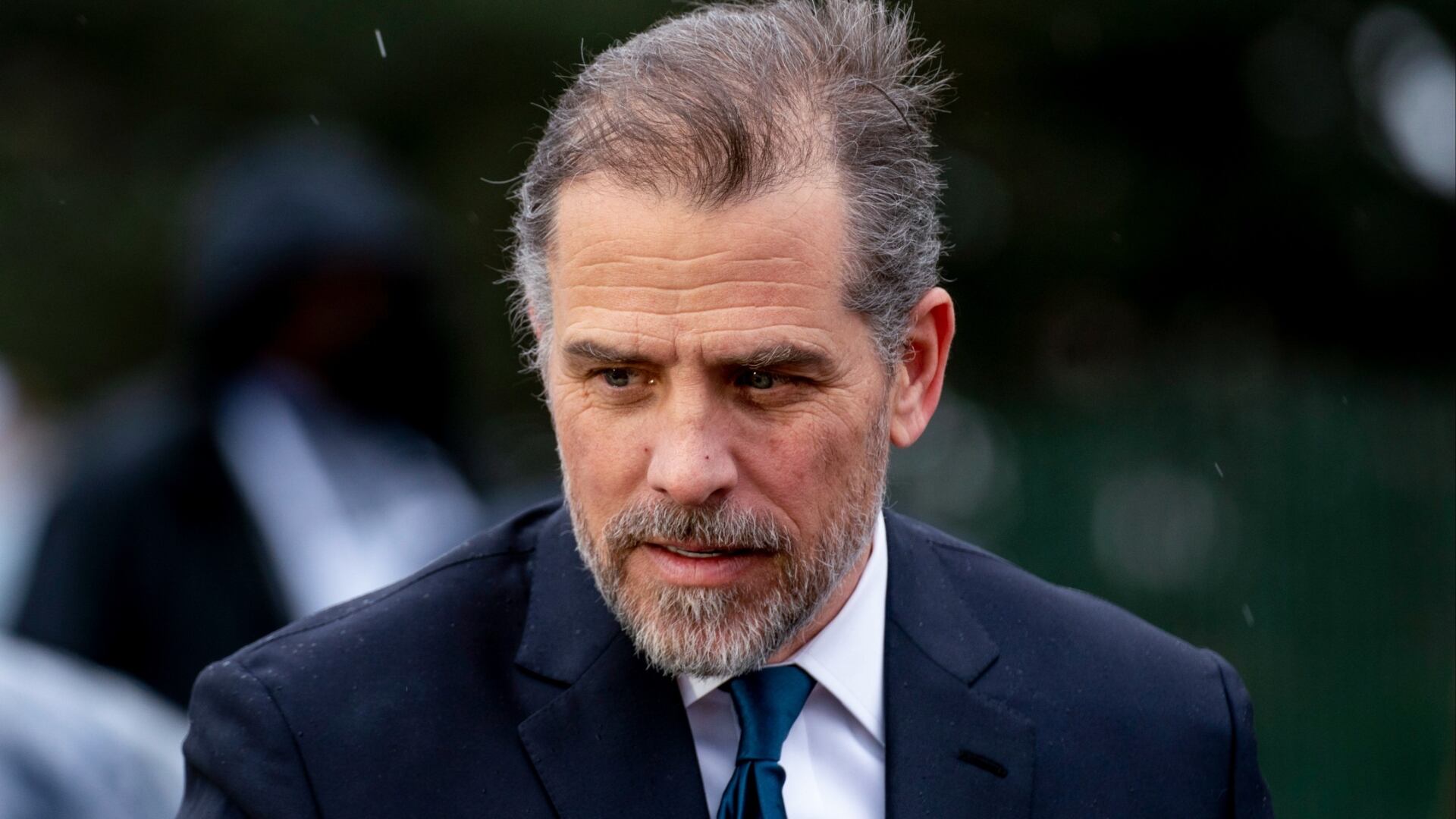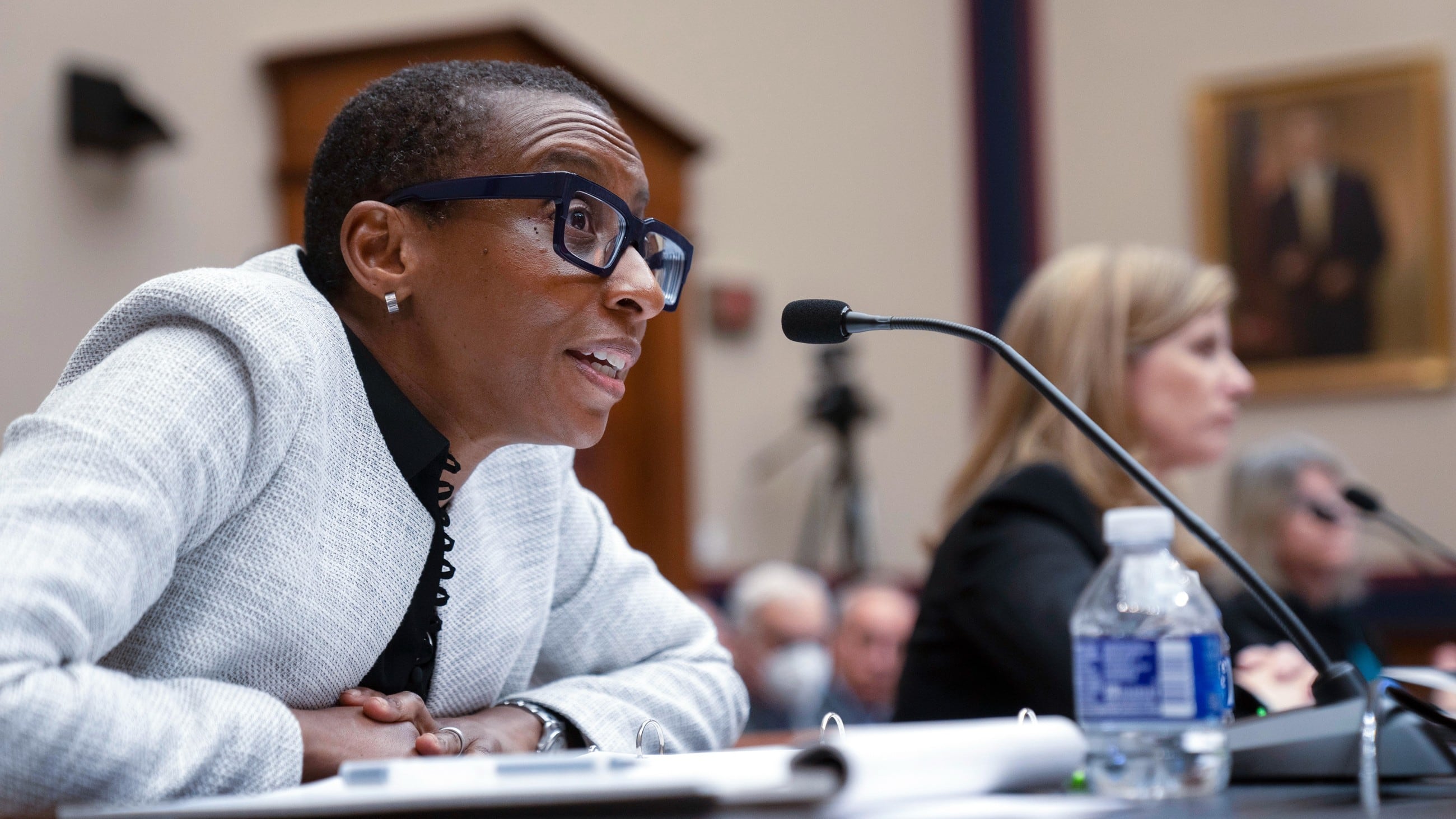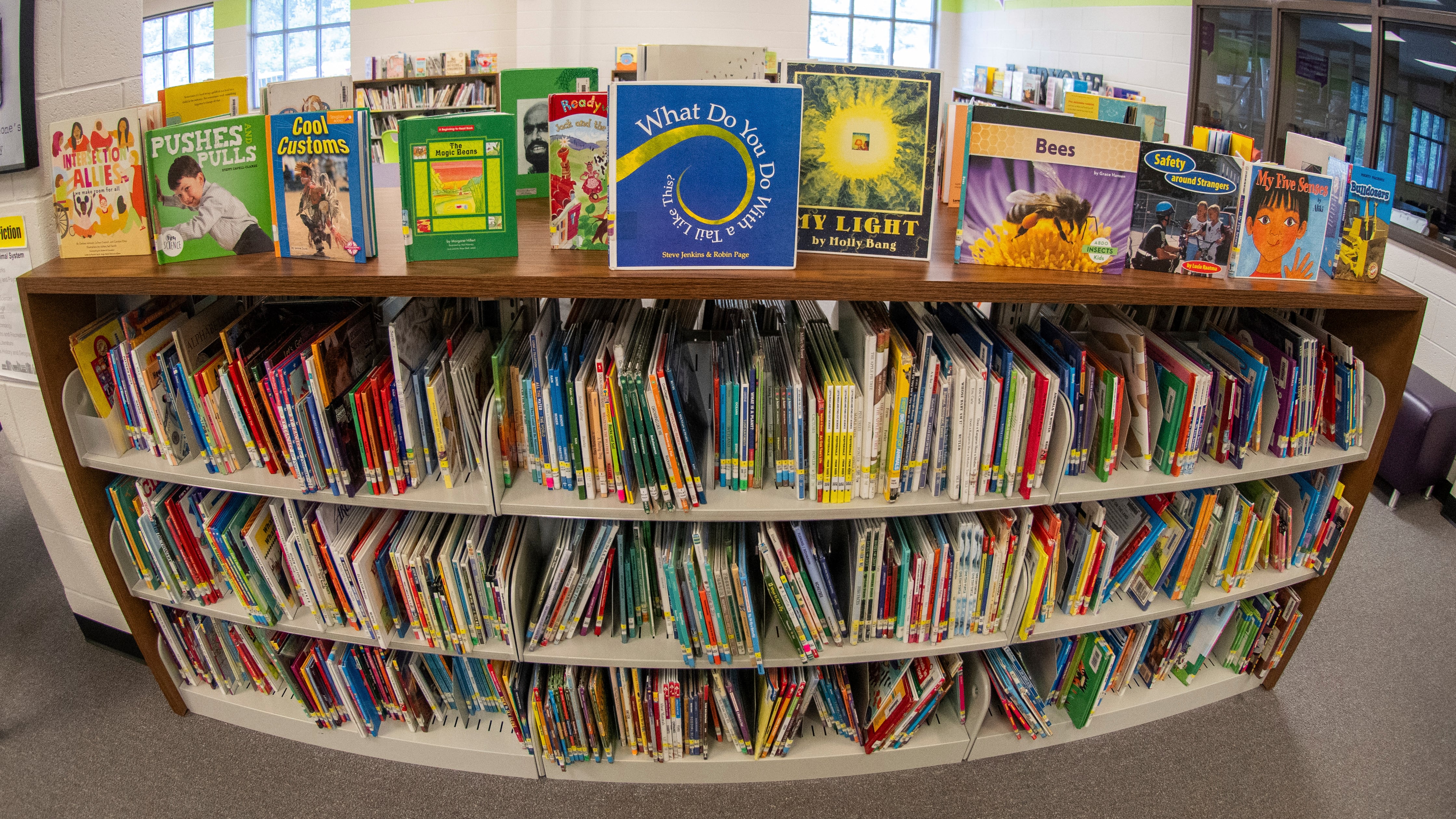By Lorne Cooke
The blue-and-white Finnish flag rises outside NATO headquarters Tuesday afternoon, making Finland a member and doubling Russia’s border with the world’s biggest security alliance.
The move is a strategic and political blow to President Vladimir Putin, who has long complained about NATO’s expansion toward Russia and partly used that as a justification for his country’s war with Ukraine.
“What we see is that President Putin went to war against Ukraine with a declared aim to get less NATO,” NATO Secretary-General Jens Stoltenberg said. “He’s getting the exact opposite.”
Like all NATO members, Finland will benefit from the collective security guarantee that an attack on one is considered an attack on all.
NATO has said that it has no immediate intention to step up its presence in Finland. Some members have deployed troops there for war games over the last year.
Russia immediately warned that it would bolster forces near Finland if NATO sends any additional troops or equipment to what will be its 31st member country
Finland has substantial, well-trained armed forces with elite troops capable of operating in the sub-zero temperatures of the high north. The Nordic country also has a large reserve army and is investing heavily in new equipment, including dozens of U.S.-made F-35 fighter jets.
The Finnish flag rising between the French and the Estonian in a ceremony scheduled for 1330 GMT will complete the fastest accession process in the organization’s recent history .
Alarmed by Russia’s invasion of Ukraine last year, Finland applied to join NATO in May 2022. Neighboring Sweden also applied, but its accession process will take longer.
The ceremony falls on NATO’s very own birthday, the 74th anniversary of the signing of its founding Washington Treaty on April 4, 1949.
“It will be a good day for Finland’s security, for Nordic security, and for NATO as a whole,” Stoltenberg told reporters on Monday on the eve of a meeting of alliance’s foreign ministers in Brussels.
Russia’s Deputy Foreign Minister Alexander Grushko warned that Moscow would bolster its own forces “in case of deployment of forces of other NATO members on the territory of Finland.”
“We will strengthen our military potential in the west and in the northwest,” Grushko said, according to the state RIA Novosti news agency, although Russia is already having trouble marshaling forces against far-smaller Ukraine.
Finland shares a 1,340-kilometer (832-mile) border with Russia and unlike most members of the alliance, Finland did not cut defense spending and investment after the Cold War.
“They have trained and built a large army over many years and maintain that high level of readiness. Finland is also a country with extremely high level of resilience, of preparedness throughout the whole society,” Stoltenberg said.
The country also helps to complete NATO’s geographical puzzle by filling in a major gap in the strategically important Baltic Sea region in Europe’s north.
On Tuesday, Stoltenberg said, Turkey, the last country to have ratified Finland’s membership, will hand the official document enshrining its approval to U.S. Secretary of State Antony Blinken.
NATO’s top civilian official said he will then invite Finland to hand over its own signed documents, to complete the procedure.
Finnish President Sauli Niinistö and Defense Minister Antti Kaikkonen will attend the flag-raising ceremony along with Foreign Minister Pekka Haavisto.
“It is a historic moment for us. For Finland, the most important objective at the meeting will be to emphasize NATO’s support to Ukraine as Russia continues its illegal aggression,” Haavisto said in a statement. “We seek to promote stability and security throughout the Euro-Atlantic region.”
Left-wing Prime Minister Sanna Marin had championed her country’s NATO accession, and lost a chance at another term over the weekend, but joining NATO was widely popular and not seen as a factor in her loss.
Lars Kahre, an entrepreneur from Helsinki, said the country’s decision to abandon its military non-alignment was caused by the changes in Europe over the last year.
“For a long time, we have been relying on our independence and neutrality and now we just realize that that’s not the path of the future,” he told The Associated Press. “Now we need to look for new options for the future.”
All 30 allies signed Finland’s and Sweden’s accession protocols soon after they applied. Turkey and Hungary delayed the process for months but relented on Finland. Turkey has sought guarantees and assurances from the two, notably to crack down on Kurdish groups. Hungary’s demands have never been explicit.
NATO must agree unanimously for new members to join, and the vast majority of members are keen to bring Sweden within the fold before U.S. President Joe Biden and his alliance counterparts hold their next summit in the Lithuanian capital Vilnius on July 11-12.
“Sweden is not left alone. Sweden is as close as it can come as a full-fledged member,” Stoltenberg said, and he urged Turkey to quickly ratify the country’s accession protocol, saying: “my position is that Sweden has delivered on the commitments they made.” ___ Jari Tanner in Helsinki contributed to this report.
